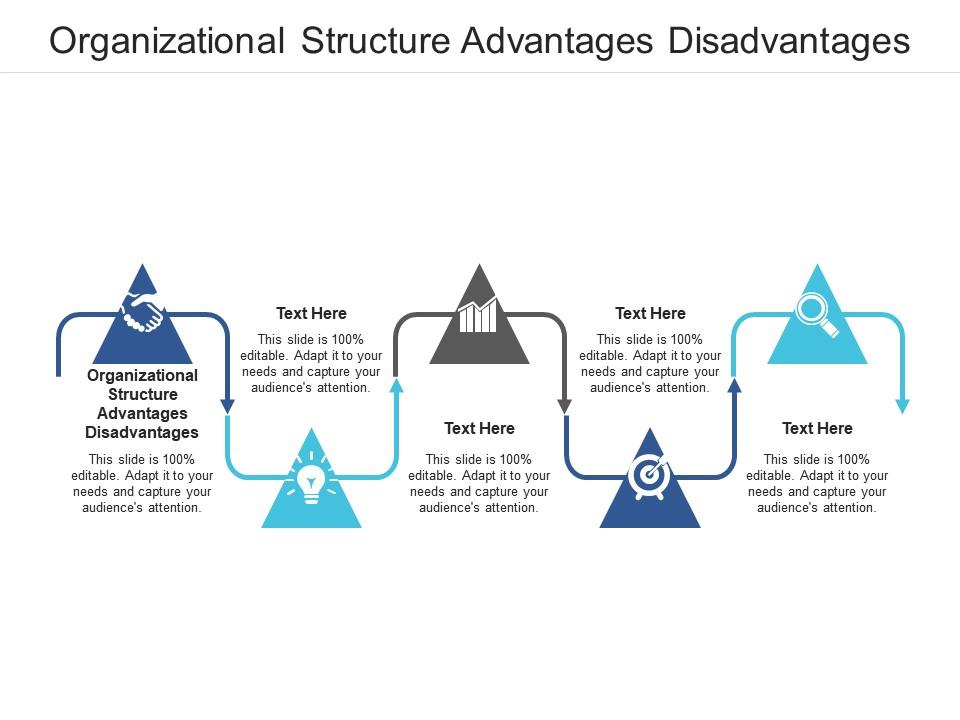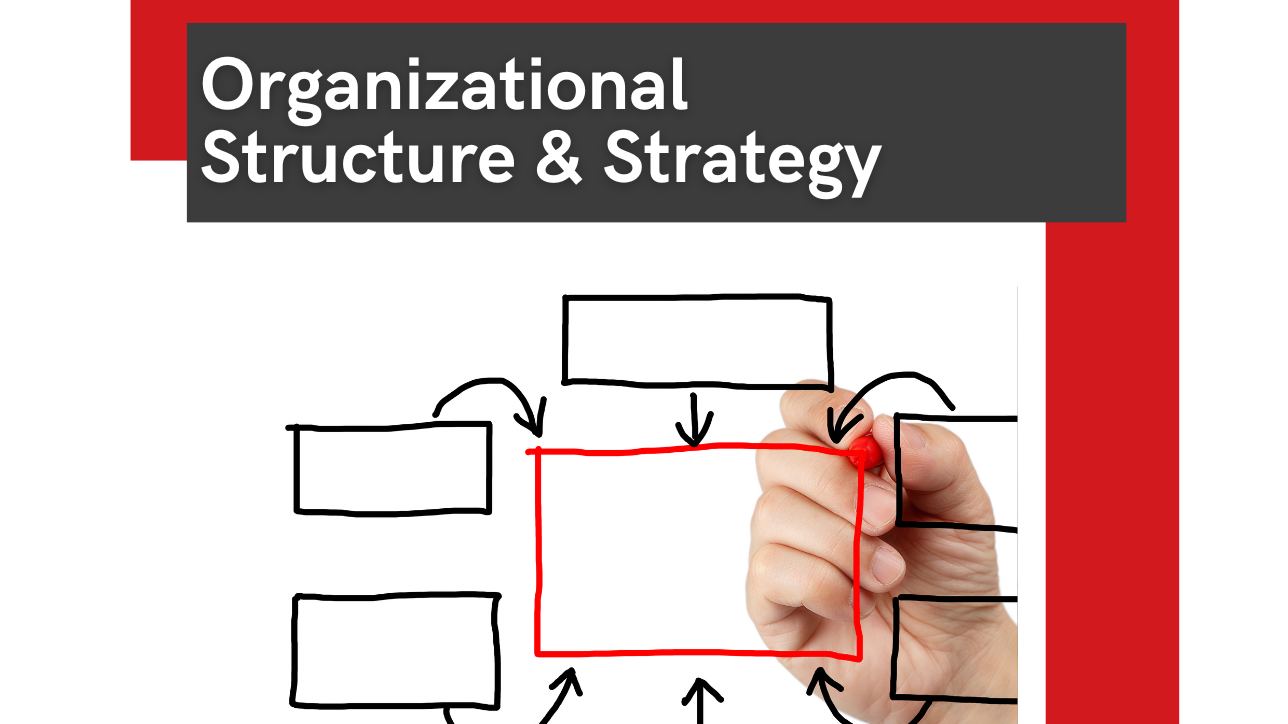The Basic Principles Of Relational Leadership Essentials
The Basic Principles Of Relational Leadership Essentials
Blog Article
Facts About Relational Leadership Essentials Uncovered
Table of ContentsHow Relational Leadership Essentials can Save You Time, Stress, and Money.All about Relational Leadership EssentialsTop Guidelines Of Relational Leadership EssentialsWhat Does Relational Leadership Essentials Mean?The Basic Principles Of Relational Leadership Essentials Unknown Facts About Relational Leadership Essentials
Yet, as more business take on distributed workforce methods, joint, transparent, and flexible structures will certainly play a vital role in success - biblical based resources. Understanding that a matrix framework's adaptability sustains dexterous teams, promotes engagement, and values cross-collaboration, it's time to choose if your organization needs improvement in these areas. If so, transitioning to a matrix structure may be a strong move in the right directionIf your social media marketing division determines an untapped client base, your structure needs to make it very easy for the head of that department to communicate this exploration to senior management and the sales group. This can be true also if you have a top-down framework in which authority rests in the hands of your elderly administration team.

7 Easy Facts About Relational Leadership Essentials Explained
Despite the sort of organizational structure you pick, there will always be a coverage network that ends with a final choice manufacturer. For instance, in a level framework in which employees are provided vast latitude to make recommendations and take possession of their job procedure, decisions are made based on the consensus of workers operating in a group.
JOB 1 1.1: Organizations are established to meet a need, for example to provide goods or solutions. Business structures can take numerous forms.
Organizations can be structured in different means: by function, as an example, operations, advertising and marketing, money, fundraising, and so on by region by product, as an example, publications, support, consultancy, distribution in job teams, for example, client/customer teams. On top of the structure is a single individual, who has a small number of individuals reporting directly to them.
Relational Leadership Essentials Can Be Fun For Anyone
Benefits of hierarchical frameworks: An ordered framework makes use of clear reporting lines. It is very easy to see what each team is called, the number of individuals there are in each team and just how they associate to other individuals in the system. Negative aspects of hierarchical frameworks: Individuals can feel embeded a 'silo' and miss out on opportunities for co-operation, both on their own and the organisation.
There are less levels in the flat framework organisation. In this example structure, there is a single person on top with everybody else reporting right into them on an equal level. Benefits of flat structures: individuals really feel more involved and can handle even more responsibility greater interaction far better esprit de corps less bureaucracy and less complicated decision making lowerEven groups of children begin to develop a network or casual pecking order.
The Ultimate Guide To Relational Leadership Essentials

A business structure produces a structure for how a company runs, consisting of the department of responsibilities and authority. Right here are the most usual alternative org structures in use: business framework business structure organizational structure organizational framework business framework business framework organizational structure You may ask, what go to this website is the best organizational structure?
The managers produce the plan and the workers carry out the strategy. Top-down orgs have actually worked in an organized and easy-to-understand pecking order for hundreds of years.
The 6-Minute Rule for Relational Leadership Essentials
Some have said that this design of framework is dated, in a world that is moving so fast. The sight may be good from the top, however what about the rest of your firm? Image by mirsad mujanovic/ Certified under Pexels Permit Advantages of a top-down org framework include: A clear focus on instructions and activities Centralized decision-making Duties and obligations are clear Familiar and comfortable workflow Negative aspects of a top-down org structure consist of: Staff member have little control or input into the work product Supervisors may not see gaps between expectations and group abilities until it's far too late Less independent reasoning at lower degrees Low staff member interaction and enthusiasm A bottom-up business structure works much in a different way.
Lower-level employees within a company are provided better authority to address troubles, set instructions, and take on jobs. Instead of strategy, concepts, and jobs being handed down from the top, concepts and insights are formed at the base and flow upwards in the bottom-up org framework.
All about Relational Leadership Essentials
While using the exact same principles as the top-down frameworks, it better delegates duty and authority to managers. The majority of usually utilized in huge business, responsibilities may be separated into departments or units which managers look after and set approach in their particular locations. Subordinate supervisors develop the execution method and lower-level employees are assigned tasks.
Report this page